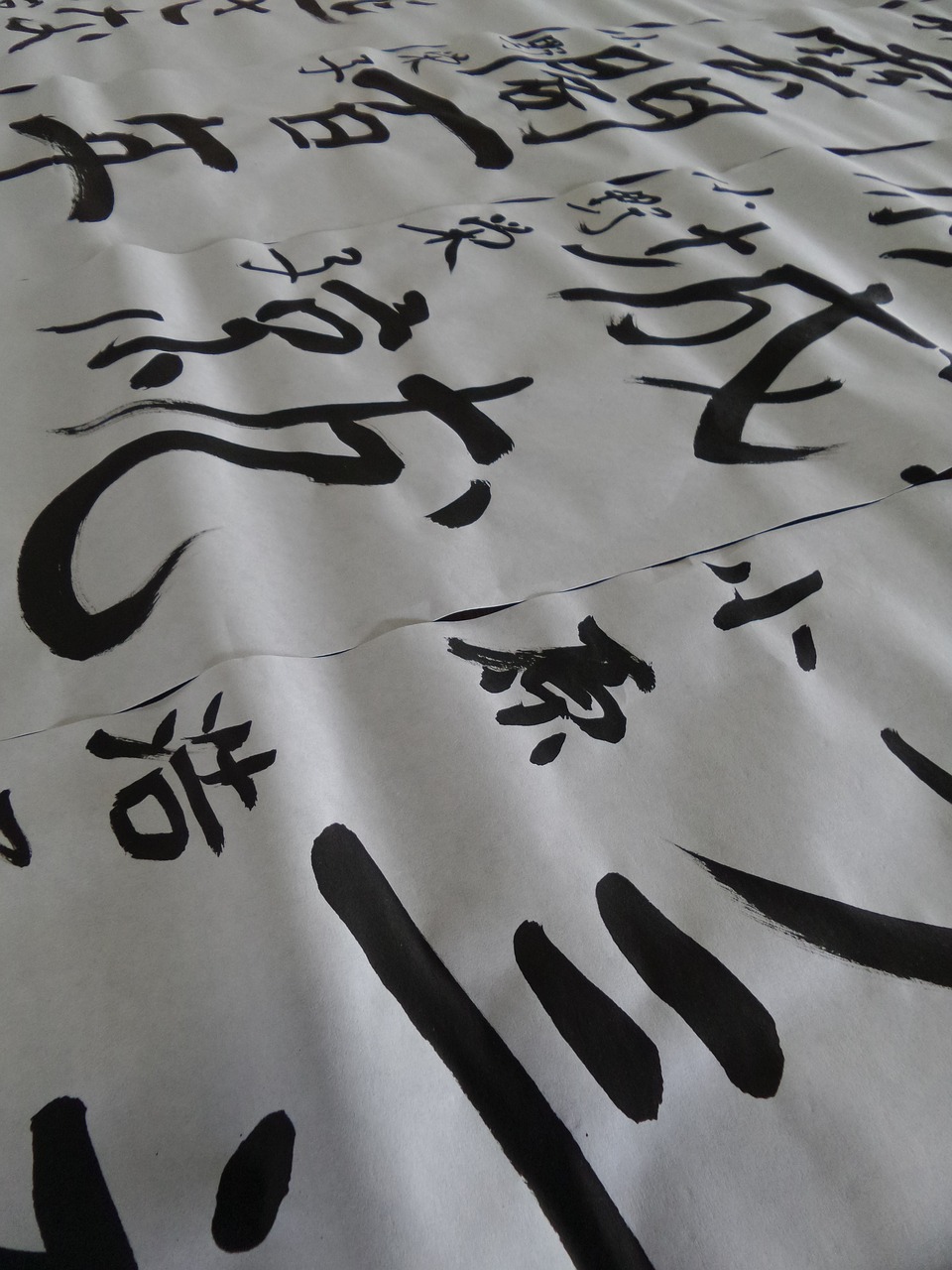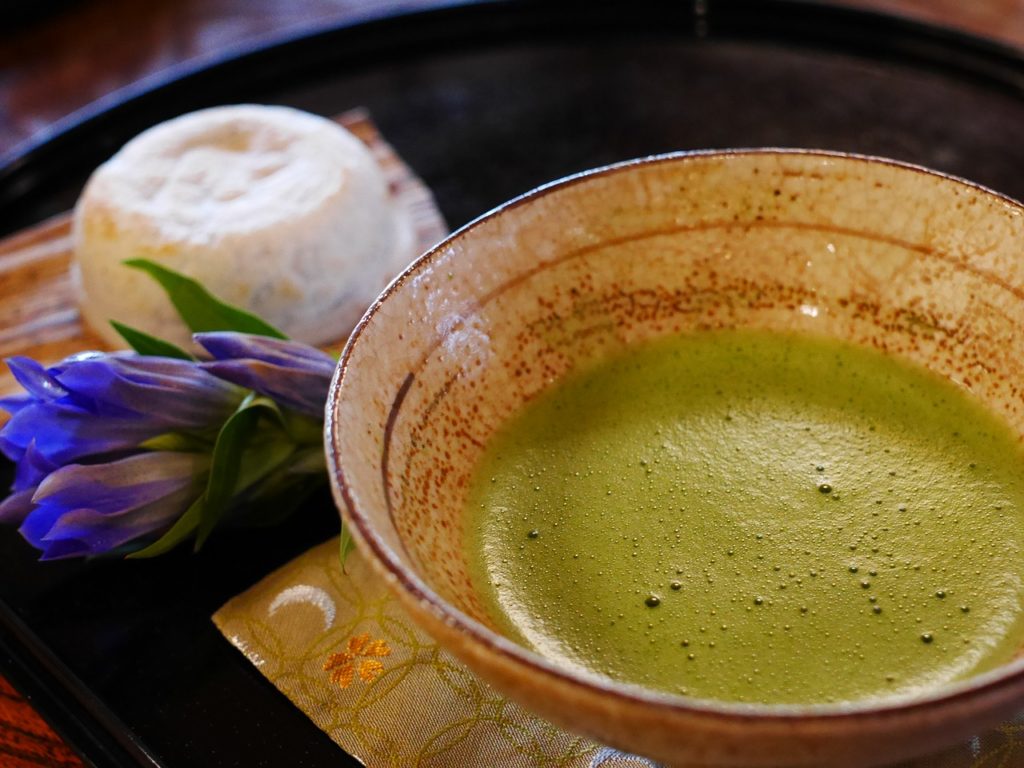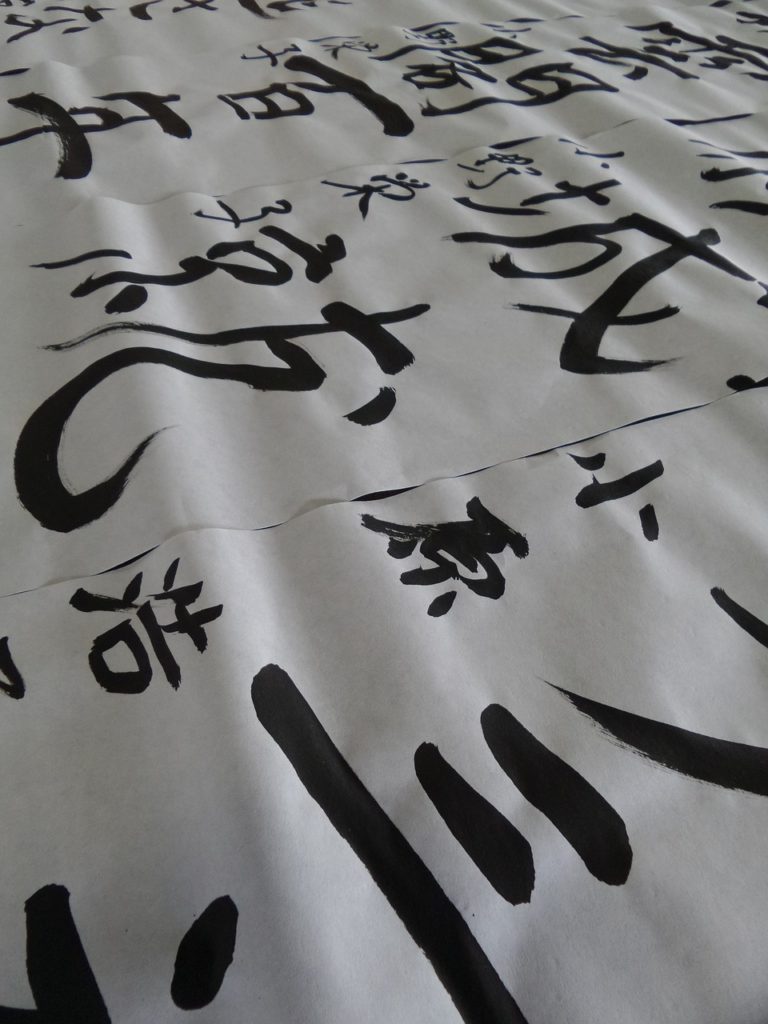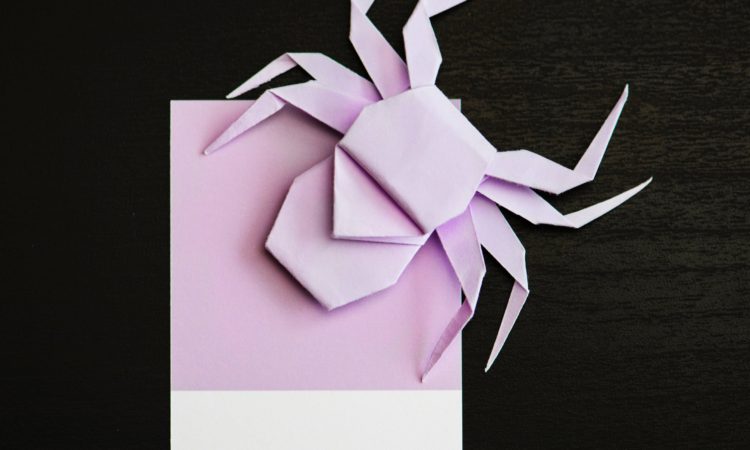This post is also available in:

Wanna know more about Japanese authentic food? Check it out!

Why not learn Japanese traditional culture during your time living in Japan?
It takes a long time to master all Japanese traditions, but it is not difficult to start learning them. Every part of Japanese culture has a long history behind it, so you can learn Japanese history by learning about the culture. Also, most of them are something that we Japanese do only occasionally and they are something that we do only for special occasions. But we Japanese cherish our culture and we want to pass it down to our posterity. Therefore you can get to know more about Japan and Japanese people by learning Japanese traditional culture.
Here are some Japanese traditional culture that you can start learning easily. You can join the lessons that are held regularly or the one-day lessons.
1. Japanese tea ceremony
Japanese tea ceremony is called “Sado” or “Cha no yu” in Japanese. It has a history lasting more than 1000 years. Japanese tea ceremony is not only traditional from the ceremony itself, but also from the architecture of the tea room or tea house with a luxurious Japanese garden. Normally Japanese tea ceremony is carried out with either matcha or sencha green tea. You might be familiar with matcha, as it is famous from matcha lattes. Matcha is a powder made from gyokuro green tea, and sencha is tea leaf.
Japanese tea ceremony has two schools. One is called Omote senke, and the other is called Ura senke. There are some differences in the manners of the two styles, but the biggest difference is how to hold the tea cup (chawan in Japanese) and how to drink the tea
Nice Japanese sweets, which are called wagashi in Japanese, are served with tea at Japanese tea ceremonies. The sweets are chosen depending on the season or the preference of the host.
You may have an opportunity to attend an tea party, to which you are usually required to wear kimono. Of course you do not have to buy your own kimono, you can rent them from various stores across Japan.
Japanese tea ceremony used to be a one of the bridal training practices taught to young women, who had to learn it before getting married
2. Japanese flower arrangement

Japanese flower arrangement, which is called ikebana or kado in Japanese, is one of the popular and famous Japanese traditional cultures to learn. It is said that its history started in the 7th century and has grown ever since then, and it has more than 1,000 schools all over the world.
One of the differences from Western style flower arrangement is that Japanese flower arrangement has strict rules about shapes, colour, lines, forms and so on. The rules vary depending on the school.
The flowers are arranged in a vase, and sometimes the flat vases are used. When you arrange flowers in a flat vase, you need to pierce them on “kenzan”, which is a sort of pin holder.
Japanese flower arrangement also used to be a one of the bridal training skills that women had to learn before getting married
3. Japanese calligraphy
Japanese calligraphy is also called ‘Shodo” or “Shuuji” and is famous and popular all over the world. There are a few types of handwriting, and the famous ones are Kaisho, and Gyousho. Kaisho is a regular script style and Gyousho is a semi cursive style. If you are a beginner, normally you start with Kaisho.
The following tools are used when you do Japanese calligraphy.
1) A brush (fude in Japanese)
2) An inkstick (sumi in Japanese)
3) Mulberry paper (washi in Japanese)
4) An inkstone (suzuri in Japanese)
5) A paper weight (bunchin in Japanese)
6) A cloth (shitajiki in Japanese)
If you attend the one-day lesson or workshop, you don’t have to prepare these tools but if you are planning to attend the lesson regularly, it would be better to prepare them when you start. You can find all of them in a 100 yen shop.
(Here’s a useful list of the most famous 100-yen shops in Japan: https://guidable.co/shopping-service/comparing-the-five-100yen-shops-in-japan/)
Usually your teacher gives you a copy of the calligraphy which you need to learn, and you learn by following the copy. If you have the tools, you can practice by yourself at home.
4. Judo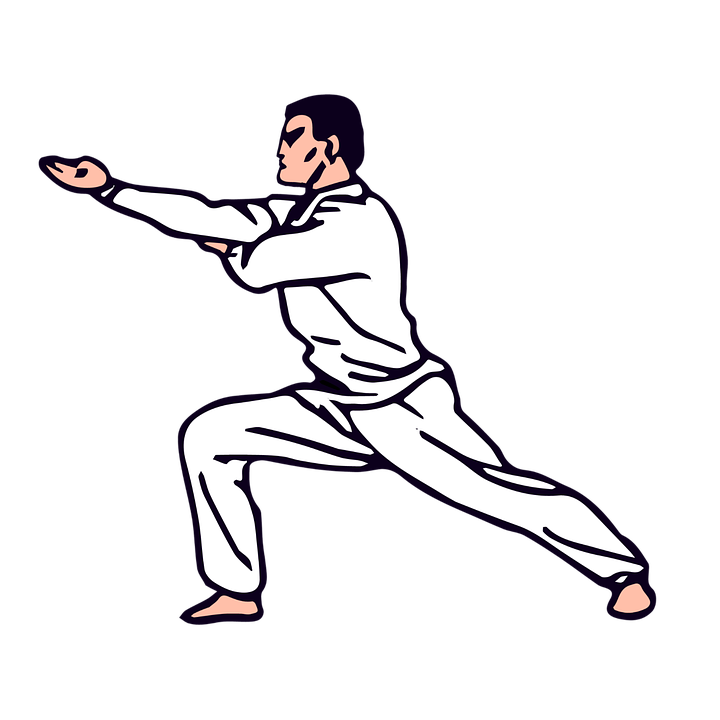
Judo is one of Japanese martial arts and is one of the official Olympic sports. Japan has won many gold medals in Judo at Olympics.
Judo is a sport not only, for men but also women. You might have heard about an anime called “Yawara”. This is a story about a girl who started learning Judo and it is very popular in Japan.
(If it might interest you, here’s a top 10 list of Japanese Anime: https://guidable.co/entertainment/10-best-anime-movies-that-will-make-you-love-japan/)
Judo has strict rules and you might get injured if you don’t follow them, plus you need to train and sweat if you get at a high level, but it is still fun to learn many techniques (called “waza” in Japanese).
5. Wearing kimono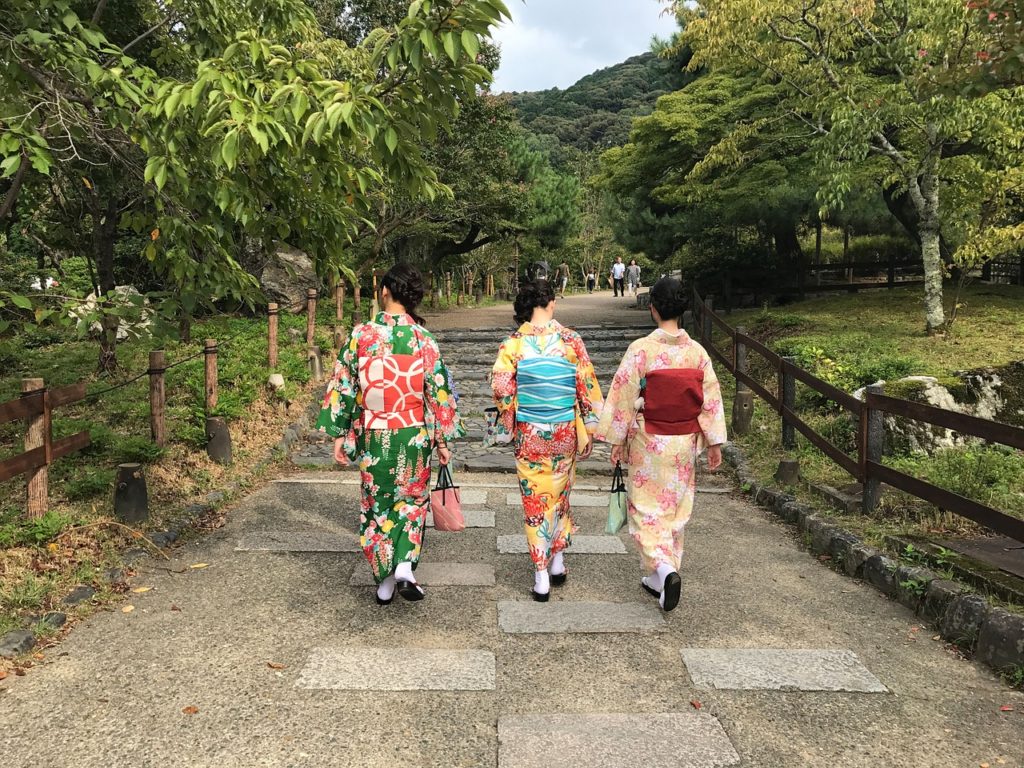
Kimono, which is sometimes called wafuku, is a traditional Japanese garment and we Japanese used to wear kimono every day. But we started to wear western-style clothes after Meiji era, and we wear kimono only for special occasions nowadays. Therefore most of us cannot put on kimono by ourselves and need to ask someone who knows how to wear, and learning howo to wear kimono is a popular lesson to learn, even among Japanese as well.
When you learn how to wear a kimono, you do not have to buy your own kimono. Normally you can borrow them from your school or teacher.
Kimono is always wrapped around your body with left side over the right side if you are a woman, and with right side over the left side if you are a man. You need to use a sash, which is called obi in Japanese to secure the kimono, and wear white socks, which is called tabi in Japanese.
Women normally wear kimono on Coming of age day, which is the day for celebrating your becoming 20 years old.
Did you find something you would like to try from the list above?
All of them are the lessons that you could try, whether you are a woman or a man.
Also, if you want to know more about Japanese traditional culture, it is good for you to see Japanese traditional performances, such as Kabuki, and Nou.
superokami / Japan
Wanna know more about Japanese authentic food? Check it out!


